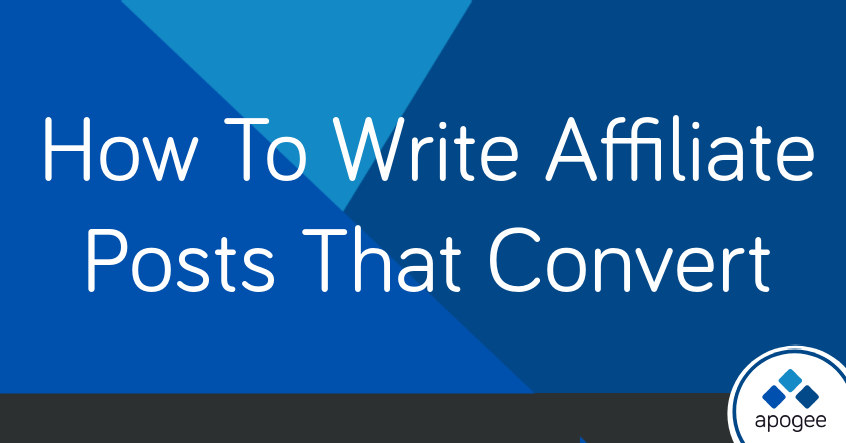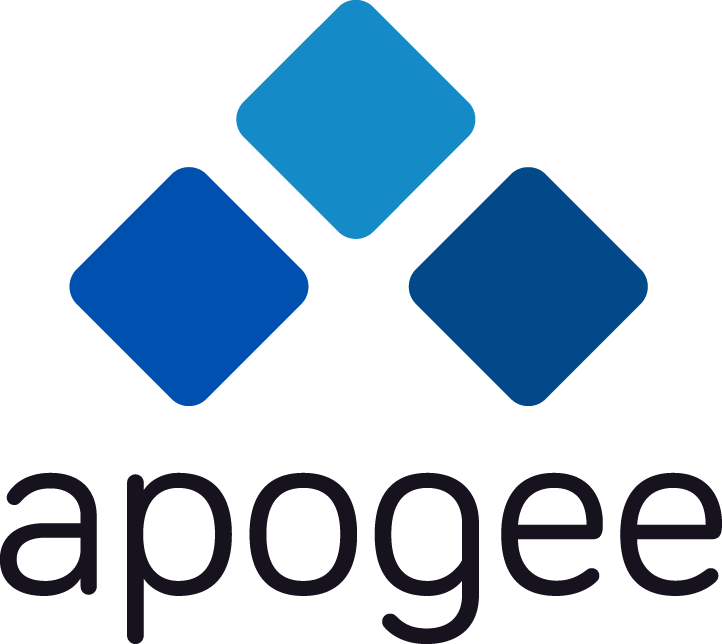Now that you have chosen an affiliate program that offers products you think your audience will love, it is time to begin promoting those products.

There are two main types of affiliate strategies: passive and active.
A passive affiliate strategy is to just simply add links into content where it seems to fit. You can use a tool like Pretty Links Pro to link specific keywords to your affiliate link automatically. A passive affiliate marketing strategy takes very little effort, but can bring in affiliate income.
Active affiliate marketing takes a more direct approach, and will generally bring a greater return. Active affiliate marketing includes creating a plan for how to best promote the affiliate program in a way that resonates with your audience and turns readers into buyers.
There are a couple main factors of active affiliate marketing:
- Content Strategy / Search Engine Optimization
- Social Promotion Strategy
- Email List Strategy
Affiliate Content Strategy for SEO
Intentionally writing content to support your active affiliate strategy is the best way to produce consistent, long-term revenue from your affiliate content.
Writing specifically for search (SEO) has been shown to convert at a higher rate, may keep readers on your page longer which aids bounce rate, and is more likely to grow your email list which can help you generate even more revenue in the future.
With every post you want to demonstrate how each product or products directly solves the “problem” that your reader is looking to solve. So for each post, before you ever write the first word, you want to think:
- What terms would someone be SEARCHING in order to find this post? (SEO)
- What is the problem that this post solves? (affiliate opportunity)
- How does the product(s) I am suggesting solve that problem? (conversion)
User intent should be at the forefront of every post. Someone is going to land on your post looking for a solution — so you must make it easy for them to find it.
Keyword Research (and why it matters)
The next step is to do keyword research. This is important to ensure the content you are creating is in demand. You may write the best post ever on solving a problem, but if no one is looking for that solution your post will not get enough traffic to garner the conversion results you are hoping for.
There are a handful of great keyword research tools that can help you decide if your post idea is in demand. KeySearch, SEMRush, and Keywords Everywhere are great paid keyword research tools that are simple to use and understand.
UberSuggest offers a free keyword research tool and even Google itself gives cues that can help you create the outline for your content.
Here is an example outline for your post that you can layout with the information you learn from keyword research:
- Main Topic with Highest Search Volume (title / h1 / url)
- Supporting point with 2nd largest search volume (h2)
- Answer additional supporting Questions
- Supporting point with 3rd largest search volume (h2)
- Answer additional supporting Questions
- Supporting point with 4th largest search volume (h2)
- Answer additional supporting Questions
- Supporting point with 2nd largest search volume (h2)
With this outline you can begin filling in each section to craft the perfect affiliate post that is not only great for your readers, but will clearly show Google what this post is about and all of the problems it solves.
Blog Post Structure For Affiliate Conversion
The first paragraph of the post needs to draw your reader into the rest of your post by giving an overview of what the entire post will be about. It is the “first impression” the reader has and is key to hooking your audience. Very few readers make it past the first line or two of a blog post before deciding if it is what they are looking for or if they need to move on.
A couple ideas for a great first paragraph:
- Ask a thought provoking question
- Tell a story or share an experience
- Paint a positive picture relating to your topic
- Use surprising or positive statistics
- Use a quote from someone famous
This first paragraph can also be used as the Google snippet, so you want to make sure it states the problem you will be solving clearly and concisely. It also needs to engage the reader to encourage clickthrough. The rest of the post will reiterate the point and the best solutions for that keyword phrase.
For SEO purposes, a great blog post should be no less than 500 words. That said, you need to keep the purpose of the post throughout those 500 words. A post with no real direction can easily confuse and turn off a reader.
This is why having an outline based on keyword research is an important first step to crafting a great post. From that outline you can write content that is thorough and offers the solution and education that is being sought.
Remember: the point of each post is to answer the “questions” related to the main keyword or phrase, and show how easily and effectively the affiliate product(s) you are promoting is a solution. Posts should be written at about a 4th-grade reading level to be best understood by Internet bots.
Great posts include a mixture of examples, education and entertainment. Put yourself in your readers' shoes and examine each post before publishing. Ask yourself these questions:
- Did I clearly solve the problem related to the key word or phrase?
- Did I explain thoroughly how the affiliate product(s) help solve the problem?
- Do I have a clear call to action to purchase the affiliate product(s) that I want to convert?
The final paragraph should conclude the post with a final call to action as well as encouragement for the reader to engage with you on social media and/or join your mailing list.
Make Your Post Scan-Friendly
Remember that people are generally scrolling quickly looking for the solution — not reading every word — so make sure the link to the product and the call to action are easy to find and stand out from the rest of the content. Consider using bold text with a uniquely colored link.
Additionally, you may want to bold main topics and key phrases to catch your readers' attention as they scroll.
You can use product images from the brand's website as well, which gives great visual interest and appeal. A majority of most site traffic is mobile, so images help to grab the reader's attention as well as break up long bodies of text.
To add images of products, you can use the embed code from your affiliate dashboard or download the image and upload it into your media library. Make sure you change the image name to something relevant to your post. and fill out the Alt Text for each image explaining what the image is and include the keyword or phrase as it fits. Also make sure to link the image with your affiliate tracking link.
By connecting the affiliate product directly as the solution for the problem your reader is looking to solve, you will increase your affiliate conversions.
Interlinking and Out Bound Links
One of the most beneficial — yet overlooked — steps to creating a great SEO-friendly post is interlinking your post with other related content on your site. This not only strengthens the post, but also tells search engines that content is related and that you are an expert in your field.
Outbound links are also important and give a strong signal to search engines. You want to think of each link as a “vote” — telling readers and search engines that you endorse or suggest the destination of that link.
With both inbound and outbound links you want to make sure you do not use the exact key phrase that you want the post you are writing to rank for, as that shows that the post is not the solution but rather that the link would be. Instead interlink related content, and use outbound links for additional resources and of course, your custom affiliate link.
Insiders Tip: Use Google Analytics and Google Search Console to tell you what your audience is looking for. By researching your top posts and queries from those top posts, you can see exactly what both Google and your audience believe you are the “expert” in.

